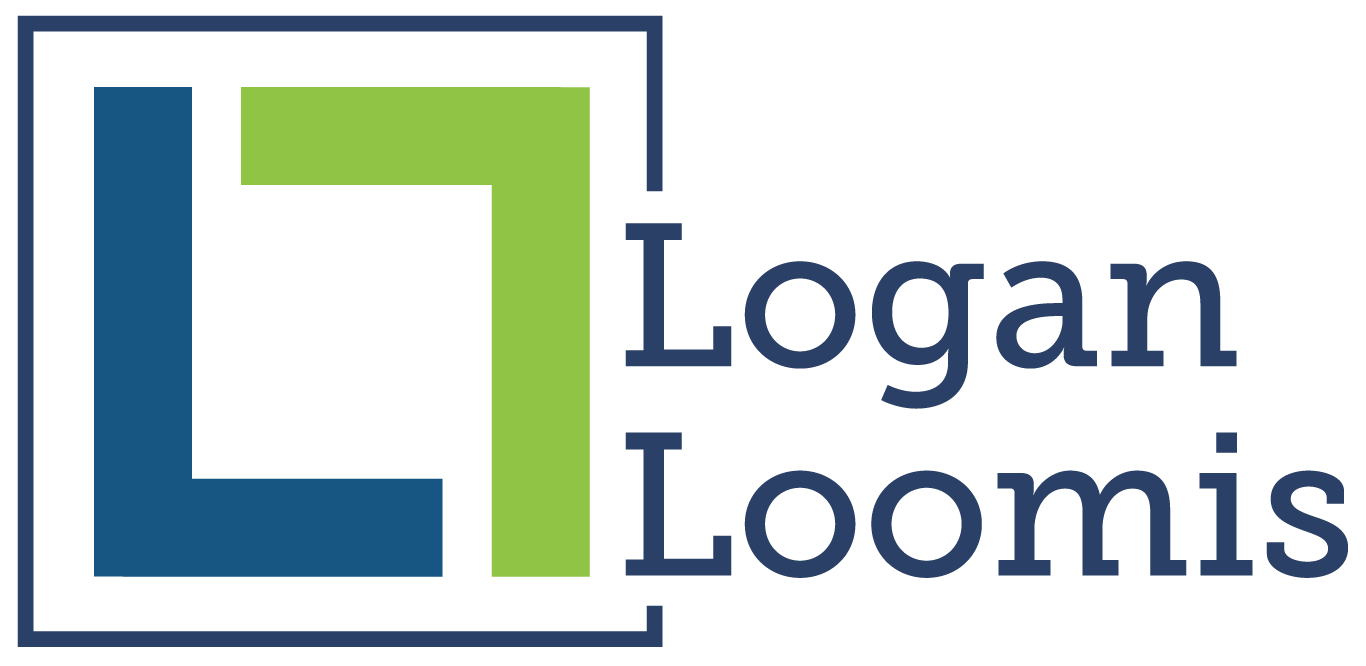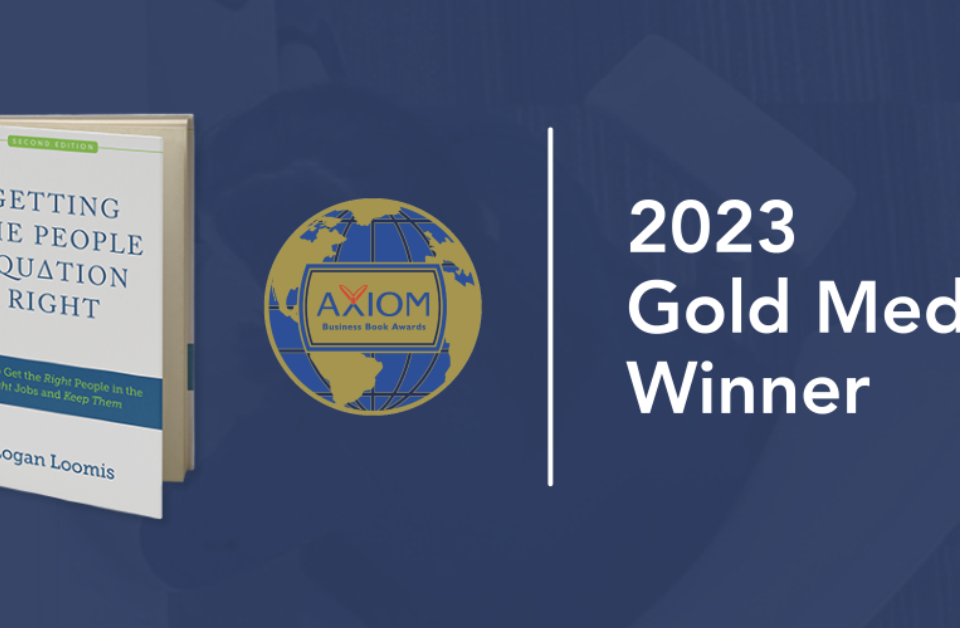
Succeeding in a Different Sandbox – Podcast with Penny Tremblay
August 14, 2018
Value Creation Leadership: Why Being Smart Doesn’t Make You a Leader
October 30, 2018Balancing Eligibility and Suitability to Maximize Success
Imagine you’re eating a delicious meal at a new restaurant. Everything about this dish—the flavors, the presentation, the concept—makes you want to  recommend this establishment to your friends and family. Not only that, but the décor is compelling; you find yourself gazing at the ceiling, at the walls, even at the tablecloth because of their irresistible aesthetic charm.
recommend this establishment to your friends and family. Not only that, but the décor is compelling; you find yourself gazing at the ceiling, at the walls, even at the tablecloth because of their irresistible aesthetic charm.
But there’s one simple problem that nags you throughout the meal: the waiter looks disinterested, and you have to ask every time your glass needs to be refilled.
So much for that rave review!
The point I’m trying to make draws on a talk I heard at a Global Leadership Summit. The speaker was Danny Meyer, who has built an empire of successful restaurants on a foundational principle he calls “hospitality.” (These restaurants have earned 21 of the prestigious James Beard Awards and perennially rank among New York City’s favorites in the Zagat survey.) To achieve his ultimate business goal of extending warm hospitality while performing at a high level of excellence, Meyer looks for more than just technical skill and raw talent when hiring. He looks for strong emotional skills as well.
In his view, technical excellence counts for 49 percent of success, and innate emotional skills count for 51 percent—hence what he calls “the 51 percent solution.”
The Two Sides of a Great Hire
Like Danny Meyer, I have learned that understanding the ratio between technical skills and the innate skills and tendencies needed for a particular job is essential for getting the right person in the right job. The ratio may vary from job to job, but both sides are always essential.
As Meyer puts it in Setting the Table (a book I enthusiastically recommend), “The only way a company can grow, stay true to its soul, and remain consistently successful is to attract, hire and keep great people. It’s that simple, and it’s that hard.” That’s why I wrote my book Getting the People Equation Right, in which I refer to technical skills (skill, education and experience) as eligibility factors and a person’s innate traits and tendencies as suitability factors.
Evaluating suitability is hard. While it’s fairly easy to assess a person’s education, experience, and skills—eligibility factors—suitability rarely shows up on paper. And while you can teach new skills to low-eligibility hires, you can’t teach someone to be a good fit for the company. Therefore it’s essential to evaluate suitability as part of the hiring process.
How do you do that?
Evaluating Suitability
 Meyer assesses innate emotional skills in what he calls “tailing.” Tailing is essentially an audition with added training where managers watching how job candidates perform in the “real world” of the work environment. The process is totally transparent; managers are upfront with candidates about the audition process. And by the end, managers are able to make a more informed decision about which candidates are most suitable for the job—which candidates can deliver hospitality along with great technical service.
Meyer assesses innate emotional skills in what he calls “tailing.” Tailing is essentially an audition with added training where managers watching how job candidates perform in the “real world” of the work environment. The process is totally transparent; managers are upfront with candidates about the audition process. And by the end, managers are able to make a more informed decision about which candidates are most suitable for the job—which candidates can deliver hospitality along with great technical service.
Most companies don’t have the ability to implement an auditioning process, though it obviously works well for Meyer and his team. That’s why I prefer an alternative method of assessing suitability called the Harrison Assessment.
The Harrison Assessment
The Harrison Assessment is my preferred method of assessing suitability. It has been highly predictive of job success for my clients because it assesses suitability based an impressive 175 traits and tendencies and aligns them to the specific job. Then, it sets out the paradoxical relationship of 12 pairs of the total traits.
The Harrison Assessment’s proprietary use of paradox theory in defining the 12 paradoxical pairs provides valuable insights into what I think of a person’s situational awareness—how they manage their relationships with themselves and with others, and how they respond to stress. Despite never appearing on a resume or CV, these qualities can make or break a relationship or a leader.
Jim Collins illustrates some of these paradoxes in his seminal work Good to Great (which I also recommend). For example, he observes that top leaders—whom he calls Level 5 Leaders—embody a paradoxical mix of personal humility and professional will. The personal ambition and will that often drive people to positions of power can derail them if they don’t also have humility to balance their will.
By identifying suitability traits and key paradoxes, the Harrison Assessment technology serves as a kind of blind spot monitor—just like what you’d use in your car. Just as a blind spot monitor alerts a driver to hidden risks on the road, the Harrison Assessment helps leaders to identify hidden risks that don’t appear on a resume or CV.
Finding the right ratio of eligibility to suitability is the key to hiring the right people.

One key to Meyer’s success is carefully managing the balance between eligibility and suitability. For your own business, it’s essential to find your ideal ratio of eligibility to suitability and to determine which qualities make a person suitable for your company.
Assess your candidates for their innate personal qualities and tendencies and then—once they’re on the team—keep them engaged by appreciating them for who they are and the contribution they make.


